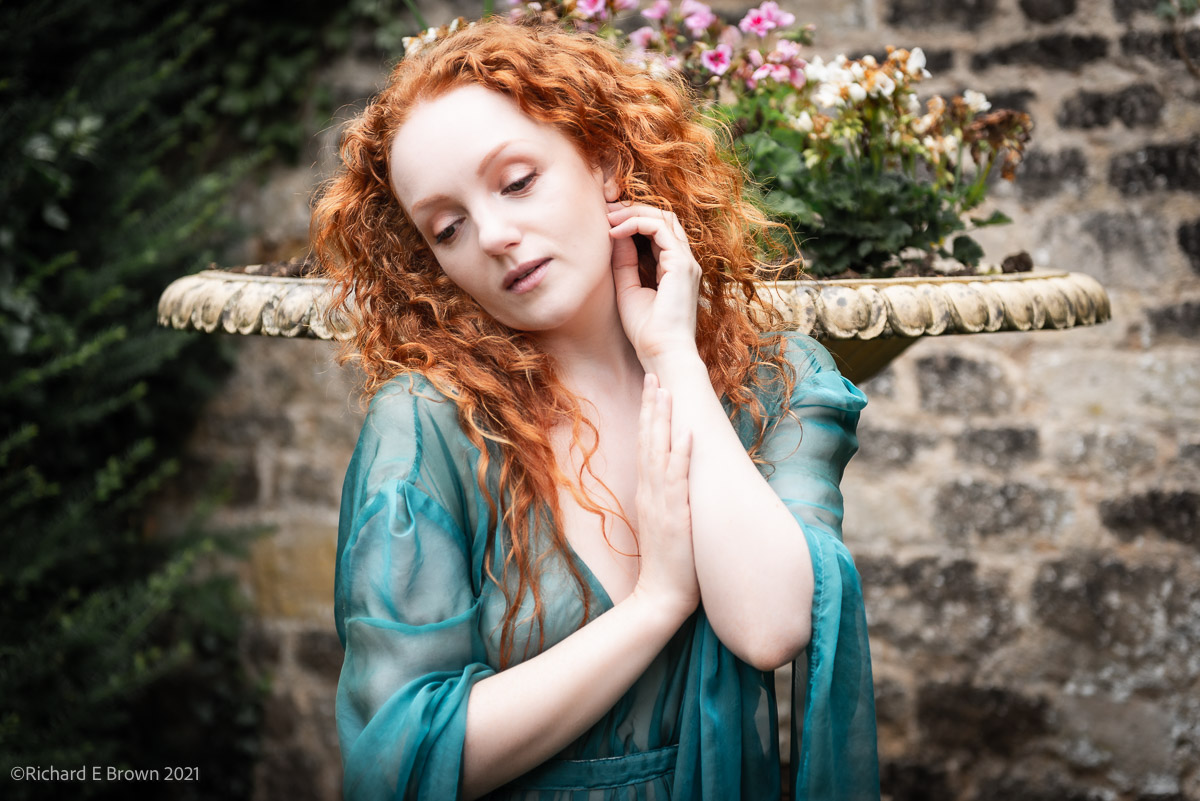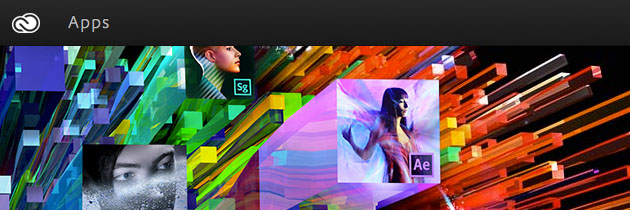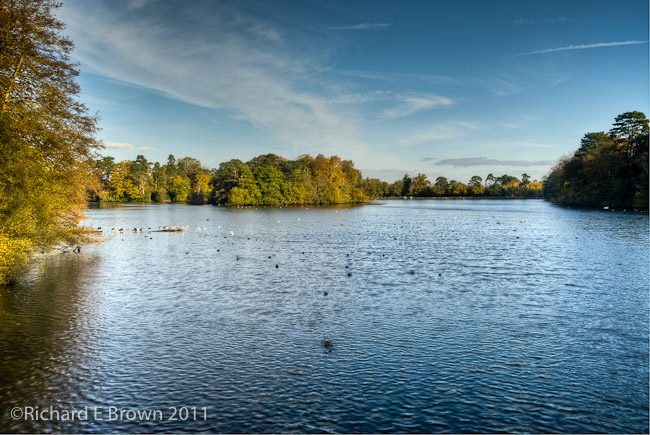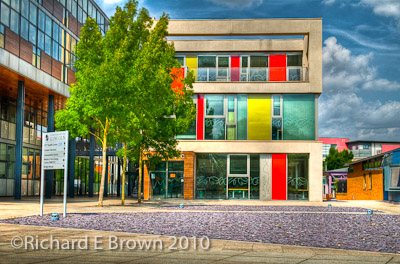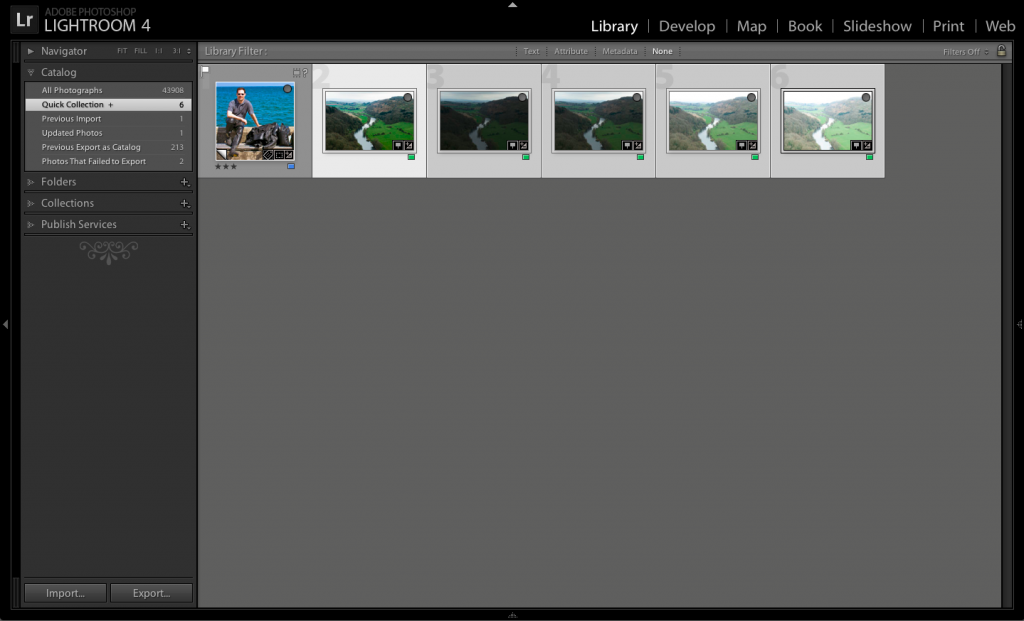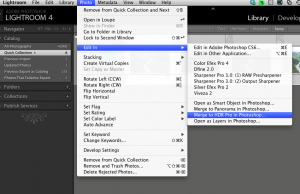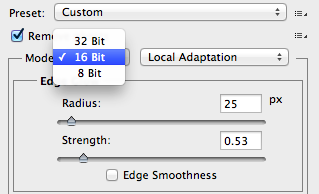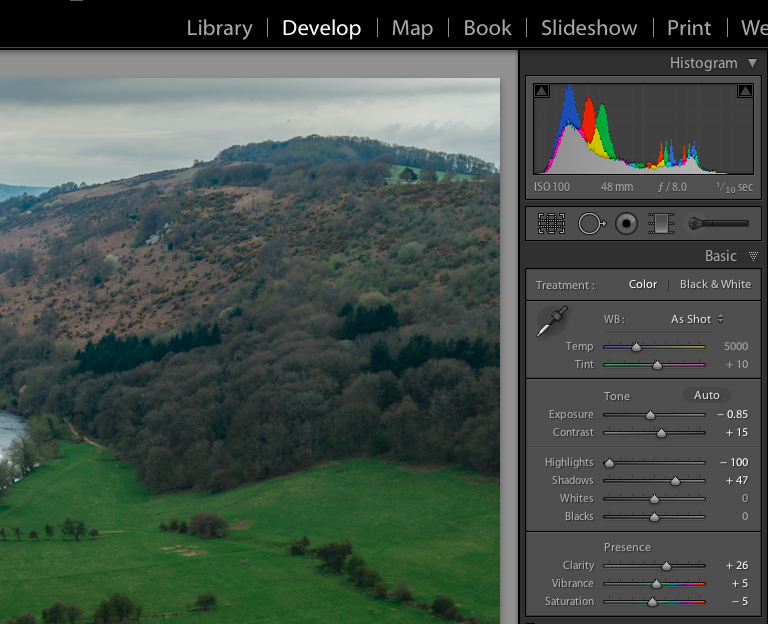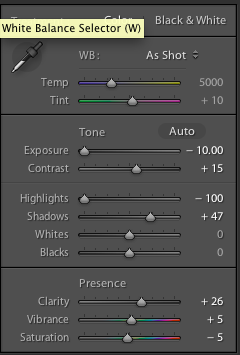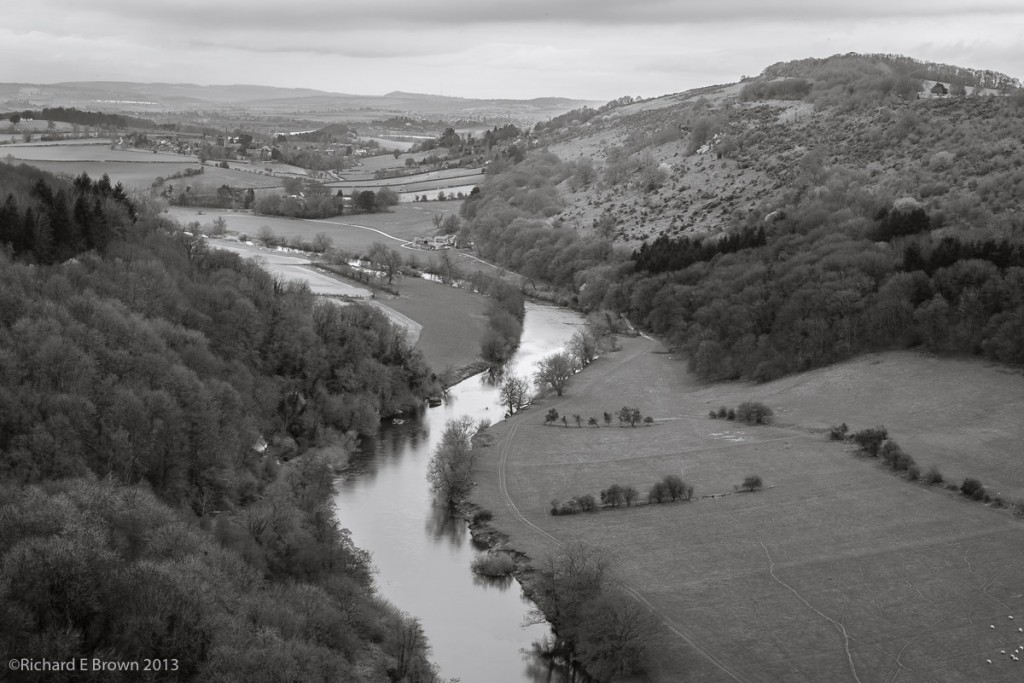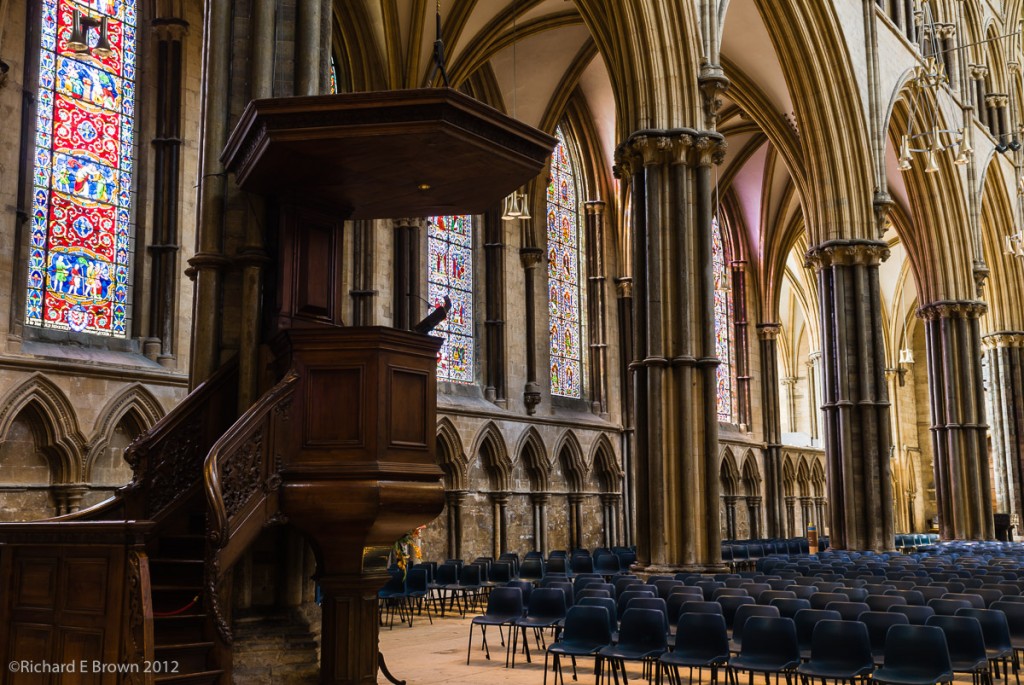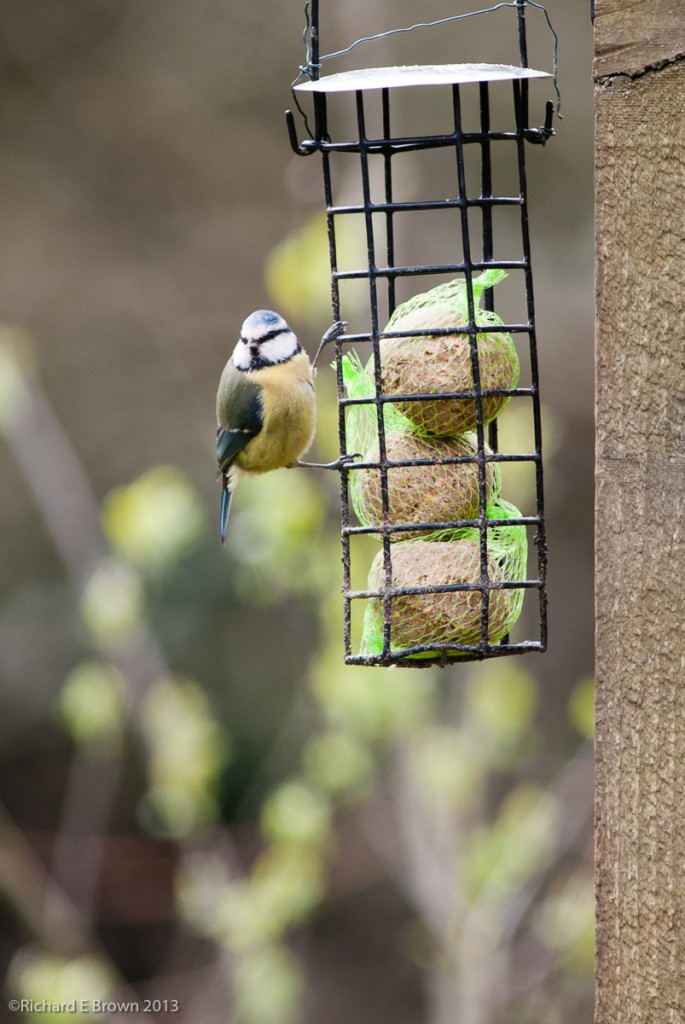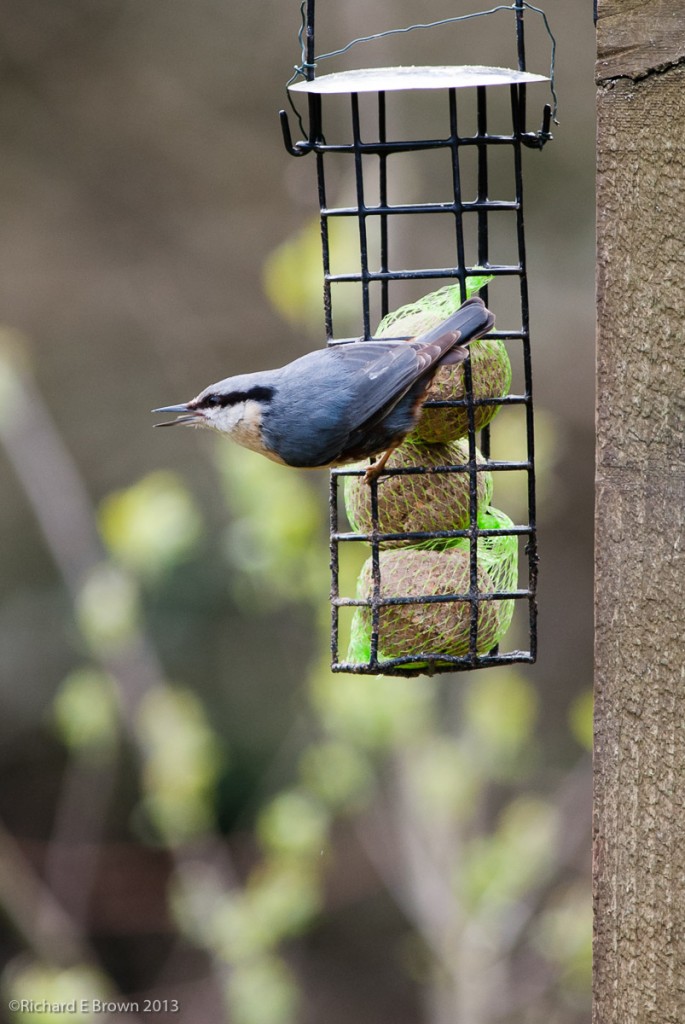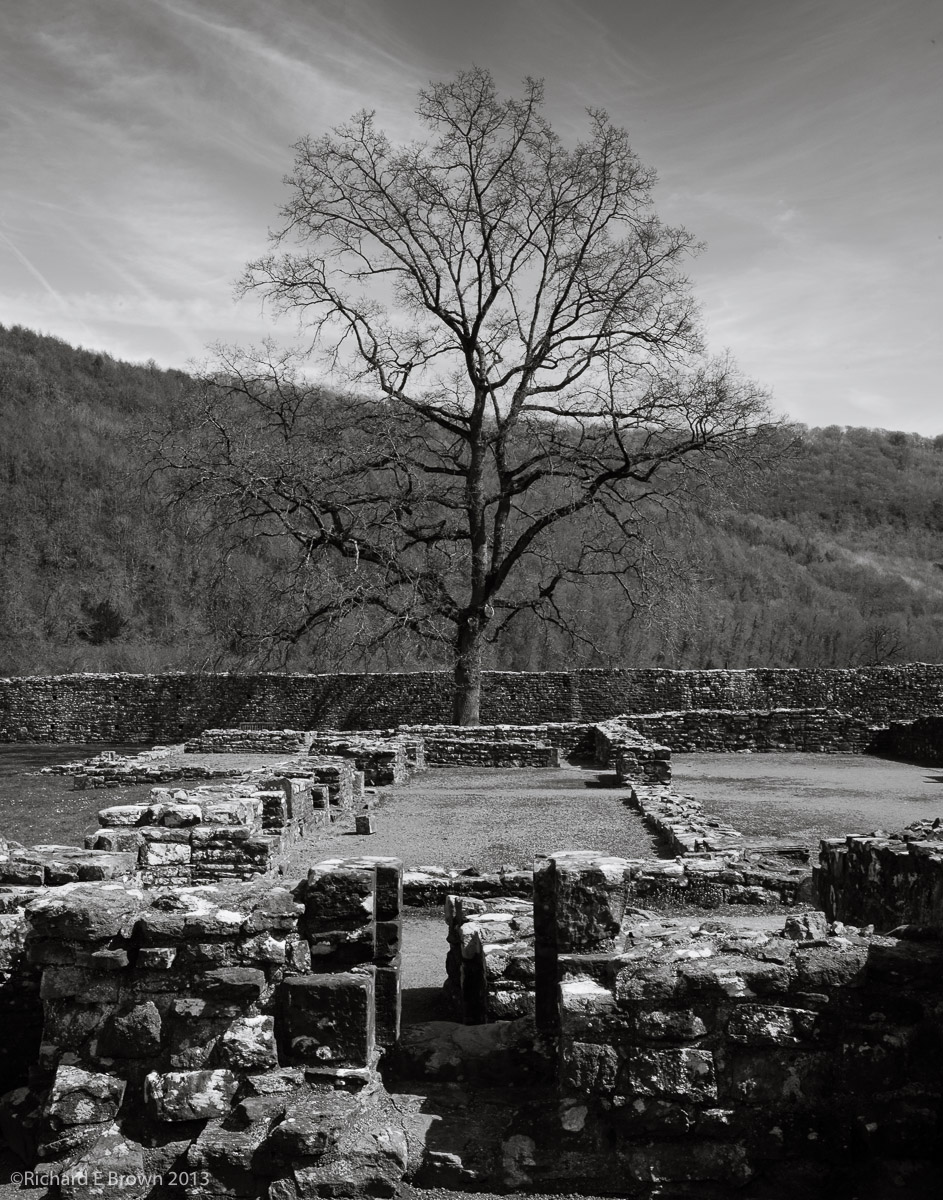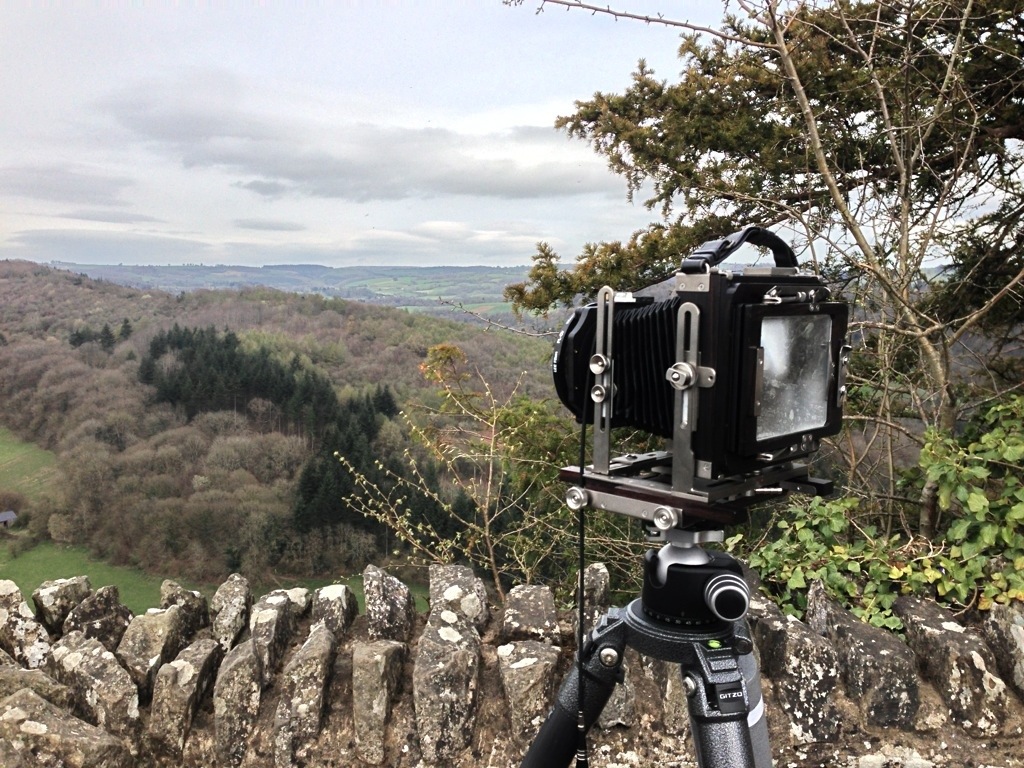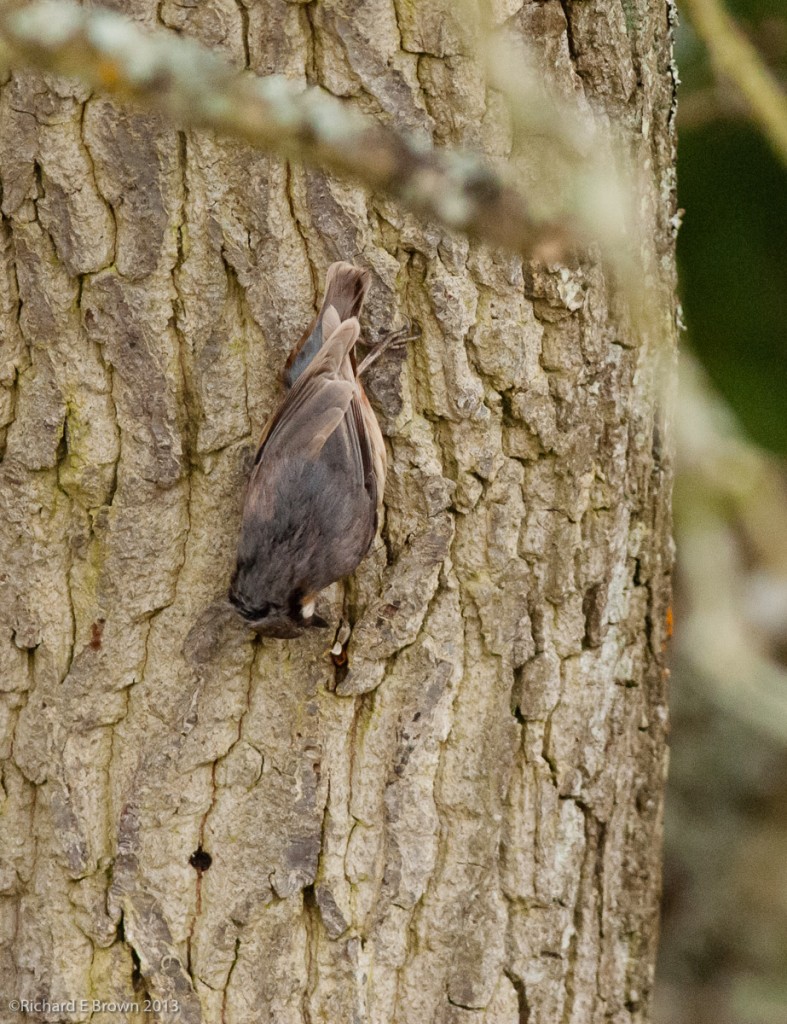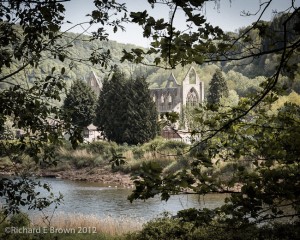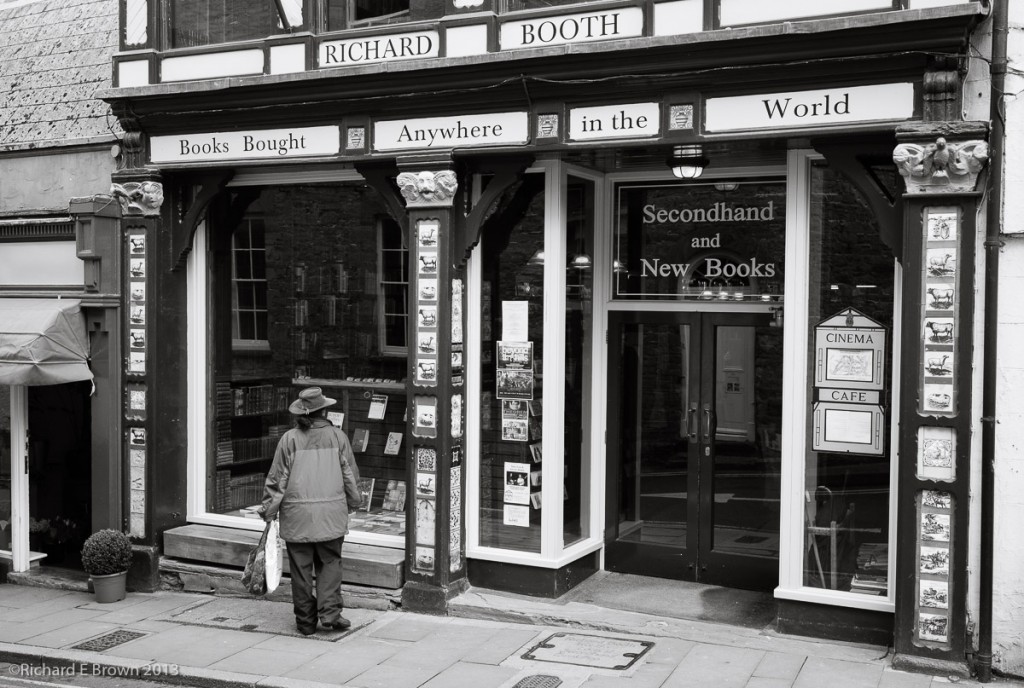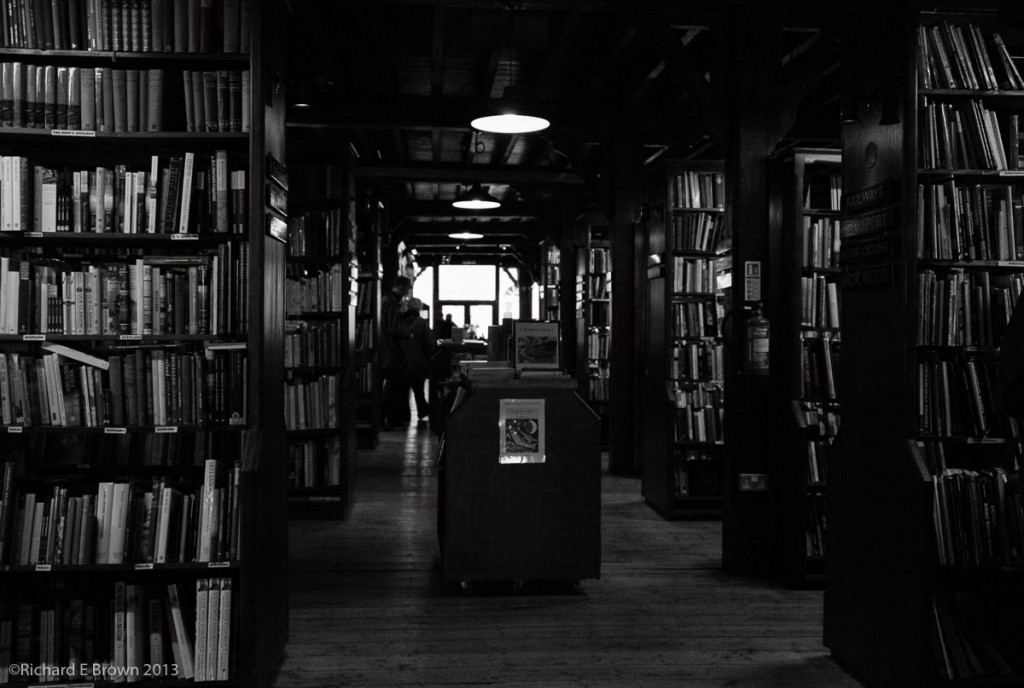I don’t usually blog on Wednesdays but the garbage being written on the forums about Adobe’s creative cloud has driven me to my keyboard.
So the big announcement at Monday’s MAX Conference was that Adobe will not be releasing a CS7. Instead you will have to subscribe to Adobe’s Creative Cloud and their subscription based model. Basically instead of purchasing CS7 Photoshop or the the Suite you rent it, either by the month or year.
The internet forums, twitter and googleplus are full of outraged users. CS6 will still be available for many its a great choice but for the latest version you will have to subscribe.
Most users are complaining about a) The Price, & b) The Cloud aspect.
The headline figure is £50.00 a month, well actually its £46.88 if your not already a photoshop user. Thats pretty steep I would agree, but then again Photoshop costs £800 full retail and gets upgraded every twenty four months. Thats over £33 a month for just one package.
The problem with the rumours, half truths and rage about Adobe is just that, half truths. Yes the full plan is £46.88 but that gets you every single Adobe Suite Product. That is very good value. If you just want Photoshop then you go for the single app subscription, which is just £17.58.
There are also offers available for people who are already registered users. I contacted Adobe and they offered me a single app subscription for just £8.73 and for all apps £14.29. If you use two or more apps from the suite that is great value.
There is a problem for Photographers who just user Photoshop and Lightroom, the suite offering for those two is far to expensive, you are better off subscribing to just Photoshop and purchasing Lightroom as normal, and Adobe have confirmed it will still be sold retail.
The Adobe Photoshop Manager did recently admit in an interview that they are looking again at the offerings for Photographers so hopefully they can come up with something a little better.
Lets now address the second complaint, the cloud aspect. People are saying that the applications now run in a web browser and will only work on a fast internet connection. Well that is wrong. You download it from the cloud and install and use as normal so no change. The license checking is a little different. If you subscribe for a year then the software needs to check back to Adobe to see if your subscription is current every 99 days. If you subscribe by the month then I believe its 37 days.
With some of the tablet demos and syncing between Lightroom and iPad’s that Adobe have demonstrated then I think its not going to be long before people think the subscription to Adobe’s Creative Cloud is essential. Lets hope then can do a good deal for people who just want Lightroom and Photoshop.
Of course if Adobe ramps up the price too much next year my view on the price will be very different.
More details on the Cloud at ‘The Grid” of the Cloud syncing and iPad editing for Lightroom.
